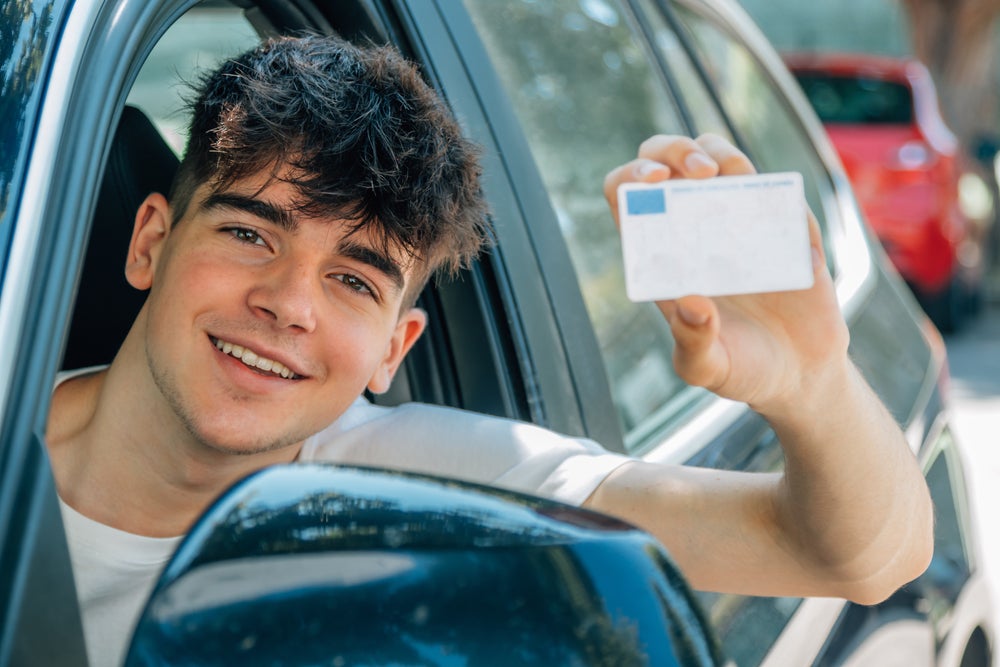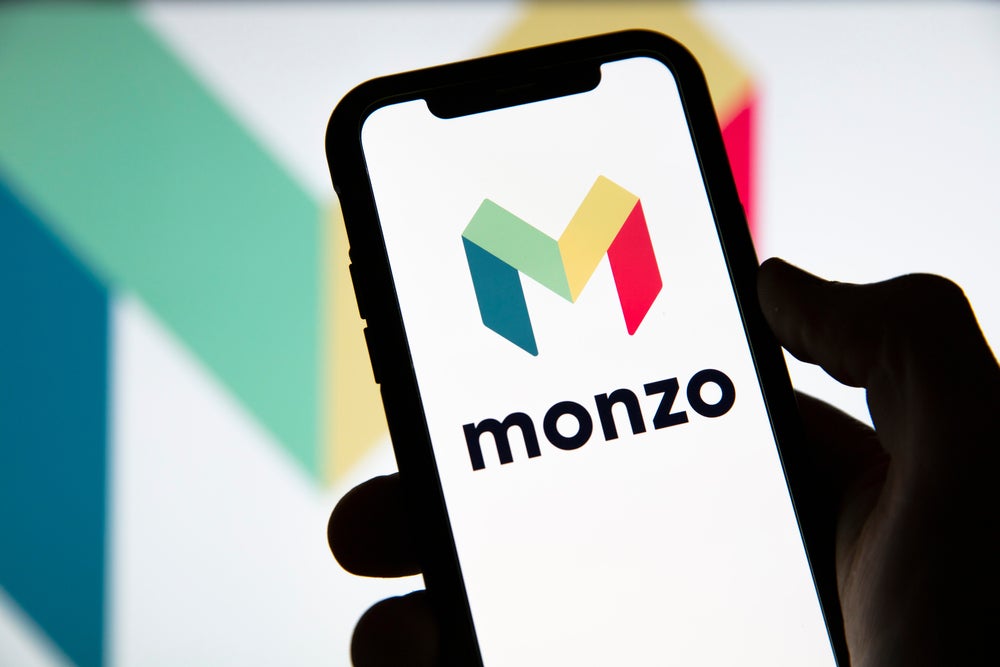What a difference twelve months can make. Sirpa Nordlund, executive director at Mobey Forum, analyses the past year, looks ahead to 2016 and what the industry can look forward to. This includes contactless technology in payments, blockchain innovation and the ‘year of the pays’
Industry conversations at 2014’s Mobey Day, (Mobey Forum’s annual open conference for all mobile money stakeholders) told of an industry undergoing major disruption. Just twelve months later, towards the end of 2015, the industry vibe had changed almost beyond recognition, particularly in the mobile payments arena.
Consternation, hesitancy and all-out frustration gave way to optimism. Last year’s disruptions became this year’s tools of liberation, enabling banks, finally, to make progress.
Viva la contactless revolution
Contactless adoption has rightly been celebrated. Andrea Fiorentino of Visa Europe, for example, told Mobey Day delegates that he has never seen a faster shift in European consumer payments behaviour than with contactless take-up in the last twelve months.
Shortly after, Chris Kangas of MasterCard, revealed that European MasterCard mobile NFC taps are up 170% year-on-year, and have tripled total transaction values. In terms of uptake, 2015 provided a strong indication of things to come.
The spread of tokenisation as a means for securing cloud-based HCE and embedded SE NFC solutions has spawned a new market.
How well do you really know your competitors?
Access the most comprehensive Company Profiles on the market, powered by GlobalData. Save hours of research. Gain competitive edge.

Thank you!
Your download email will arrive shortly
Not ready to buy yet? Download a free sample
We are confident about the unique quality of our Company Profiles. However, we want you to make the most beneficial decision for your business, so we offer a free sample that you can download by submitting the below form
By GlobalDataInevitably, this sector began life with the payment schemes that defined the EMVCo framework, and are now seeking to recruit banks to their proprietary platforms, levying fees for tokenisation and detokenisation as a result.
However, the space is quickly being populated by other stakeholders, including payment processors and independent platform developers, which are all intent on delivering a greater degree of control and commercial independence to banks and other issuers. This will become a crowded market in 2016.
It was good in 2015 to hear the industry validating a much-vaunted message of Mobey Forum’s: that value-added services are a necessary prerequisite for mass-market mobile payments adoption. In this regard, Proxama’s Andy Ramsden presented Mobey Day delegates with some compelling VAS deployment use cases, enabling mobile users to tune in and out of mobile marketing promotions that are tailored not only to their buying preferences, but also to their whereabouts.
Cultural variations will determine the form that these services take, together with their success. The degree to which value-added services can be used to generate engagement with a bank’s customers will be key here, and will present a challenge for the international payment brands. An unsolicited ‘suggestion’ may be welcomed in one market, but disregarded, or worse, branded intrusive in another.
Spain’s innovative CaixaBank has been particularly active in this emotive area recently. The bank is converging its multi-channel approach into a single ‘ubiquitous banking’ user experience, through which it is delivering action-, time- and location-specific personalised services to customers, over devices and channels they choose.
The aim here is to provide customers with a continuous line of personal finance support; a service that interjects at just the right time to help users see the full picture and make better financial decisions by managing their bills before they are due, for example, track spending at their favourite stores, or avoid nasty surprises with smart spending and balance alerts.
The success of this approach draws heavily on the willingness of the customer to get ‘up close and personal’ with their bank and will need to be tailored sensitively.
Blockchain: friend or foe?
No fintech review of 2015 would be complete without discussion of the endlessly fascinating topic of blockchain. With a wry nod to the media frenzy that has engulfed the technology, Consult Hyperion’s Dave Birch described the technology as ‘the answer to everything’.
The satire is, of course, justified; coverage of this emerging tech has been inconsistent, to say the least. Are we talking blockchains or the blockchain? Or the private chain? Or are they shared ledgers? Permissioned
or permissionless?
Fortunately, he and Veronica Lange of UBS brought clarity to the debate and offered guidance for banks looking to make sense of it all. What is clear amid the hyperbole is that blockchain’s potential stretches far beyond its first incarnation as the technology underpinning bitcoin. Putting definitions aside, the idea of the shared ‘single version of truth’ is hugely exciting in financial services terms.
Any technology that has the potential to make banking and financial services a more transparent and auditable practice should be welcomed. Then again, blockchain also has the potential to disrupt and disintermediate all manner of traditional stakeholders, including payment processors, schemes and even banks themselves. As the hype settles, it will be fascinating to track commercial deployments.
Year of the ‘pays’
It was also the ‘year of the pays’, with Apple, Samsung and Google all entering the market and launching, or planning to launch, in Europe. Microsoft is also waiting in the wings. As a result, most banks are likely to back more than one horse to reach as many as possible.
Some will launch proprietary solutions, as well as participate in the OEMs’ ‘pay’ solutions. Questions remain, however, over whether the solutions hold long-term benefits for banks. Sure, via an OEM solution they have an off-the-shelf route through which they can deliver NFC services to customers quickly, but they also have to surrender valuable transaction data for the privilege.
As 2016 takes shape, banks will need to think carefully about how they engage and what they are sacrificing in order to do so. What is clear is that banks can no longer choose whether to share customers or not, and will have fight to keep their brands alive.
Payments aside, the launch of Apple Pay has had another transformative effect on financial services: it has popularised biometric authentication. Compared to entering a PIN or a password, biometrics offer a hugely convenient experience, one that is well suited to mobiles, so it is easy to see why Touch ID has been a hit.
Naturally, banks and financial institutions are keen to offer this experience outside of Apple’s domain, but first, they must ensure they strike the right balance between convenience and security.
For most financial use cases, biometrics should form no more than a component in a multifactor authentication environment.
Current positive consumer attitudes give a degree of early-mover advantage, but there is much more work to do to develop common standards, evaluation criteria and certifications. Rarely has there been a more exciting time to work in fintech, and I have a sense that 2016 will be no different.
Right now I’m finding it harder to see what’s around the corner than in years gone by. And you know what? That’s no bad thing at all.






